How Queen Camilla will help King Charles define the style of his reign
The Queen’s character may well be the key to Charles reordering and modernising the monarchy, writes Sean O’Grady

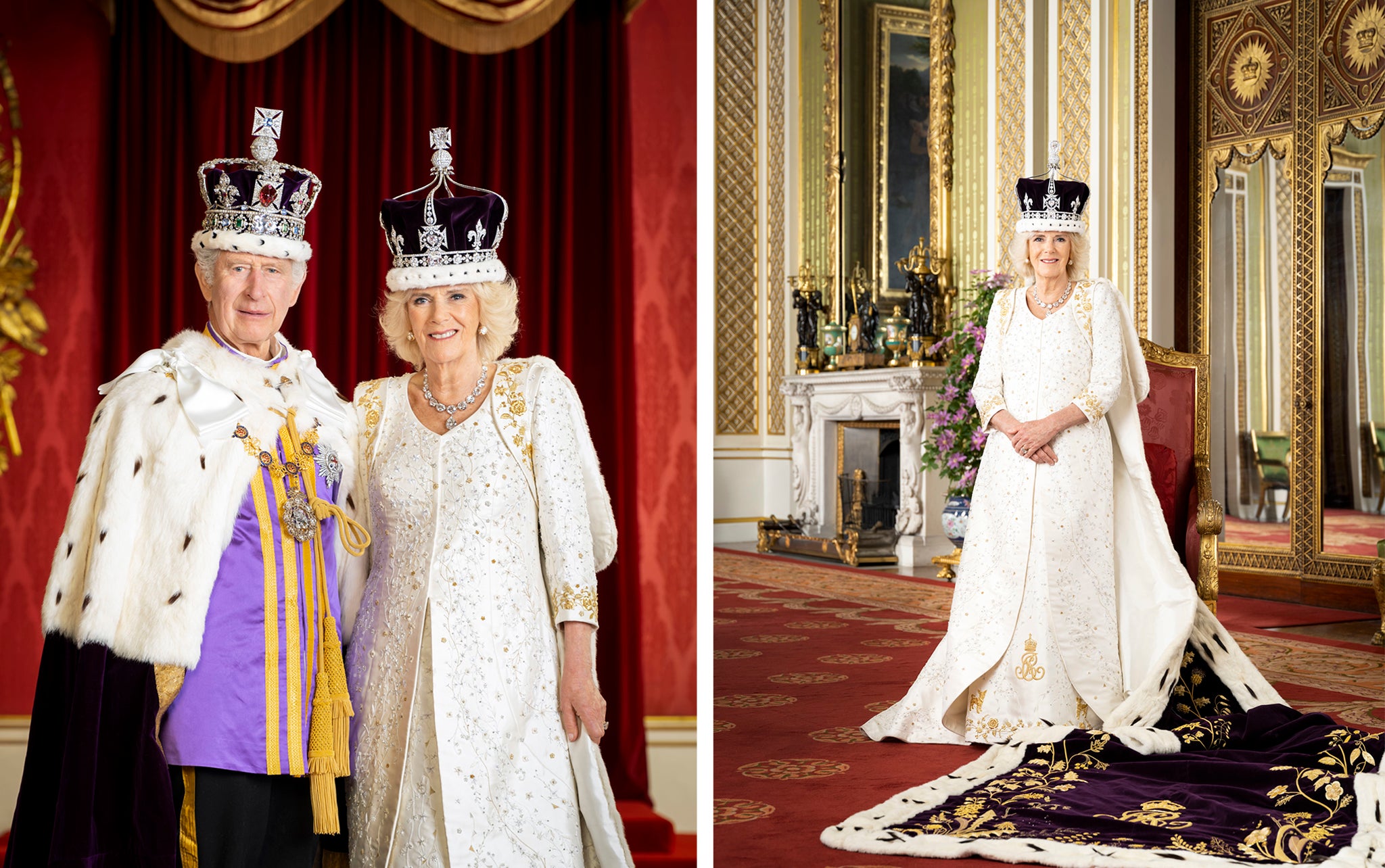
If we want to know exactly what kind of a relationship Charles and Camilla have, and what kind of a Consort she will prove to be, then we have to look no further than a revisit of the less salacious parts of the famous “Camillagate” tapes.
This was a private and intimate phone conversation between the pair that took place in 1989, apparently recorded illicitly by a radio ham (or the security services) and leaked to the Daily Mirror, which published a transcript in 1993. At the time of the conversation, they were both married, and the public exposure of their exchanges marked a low point for the pair and for the monarchy.
Sniggered at by the entire nation, what seems more significant now – nearly 30 years later – is the plain, uncomplicated, compelling romantic love that existed between them. In many ways the Camillagate tapes are the key to understanding what went wrong for them both during those years, and what has gone right in more recent times.
Thus, as reported in Tom Bower’s book, Rebel Prince, Camilla told her lover: “My role in life is to support you and love you” – words that serve as a kind of early job description for her current position. In his turn Charles told her, well after his marriage to Diana, Princess of Wales, had collapsed that “I need you several times a week”. Charles goes on: “You suffer all these indignities and tortures and calumnies,” to which Camilla replies: “Oh darling, don’t be so silly. I’d suffer anything for you. That’s love. It’s the strength of love.”
The very fact that the conversation was believed by them to be secret adds immeasurably to its value as a historical artefact. The love was real, and Camilla wasn’t some sort of cynical turbocharged social climber.
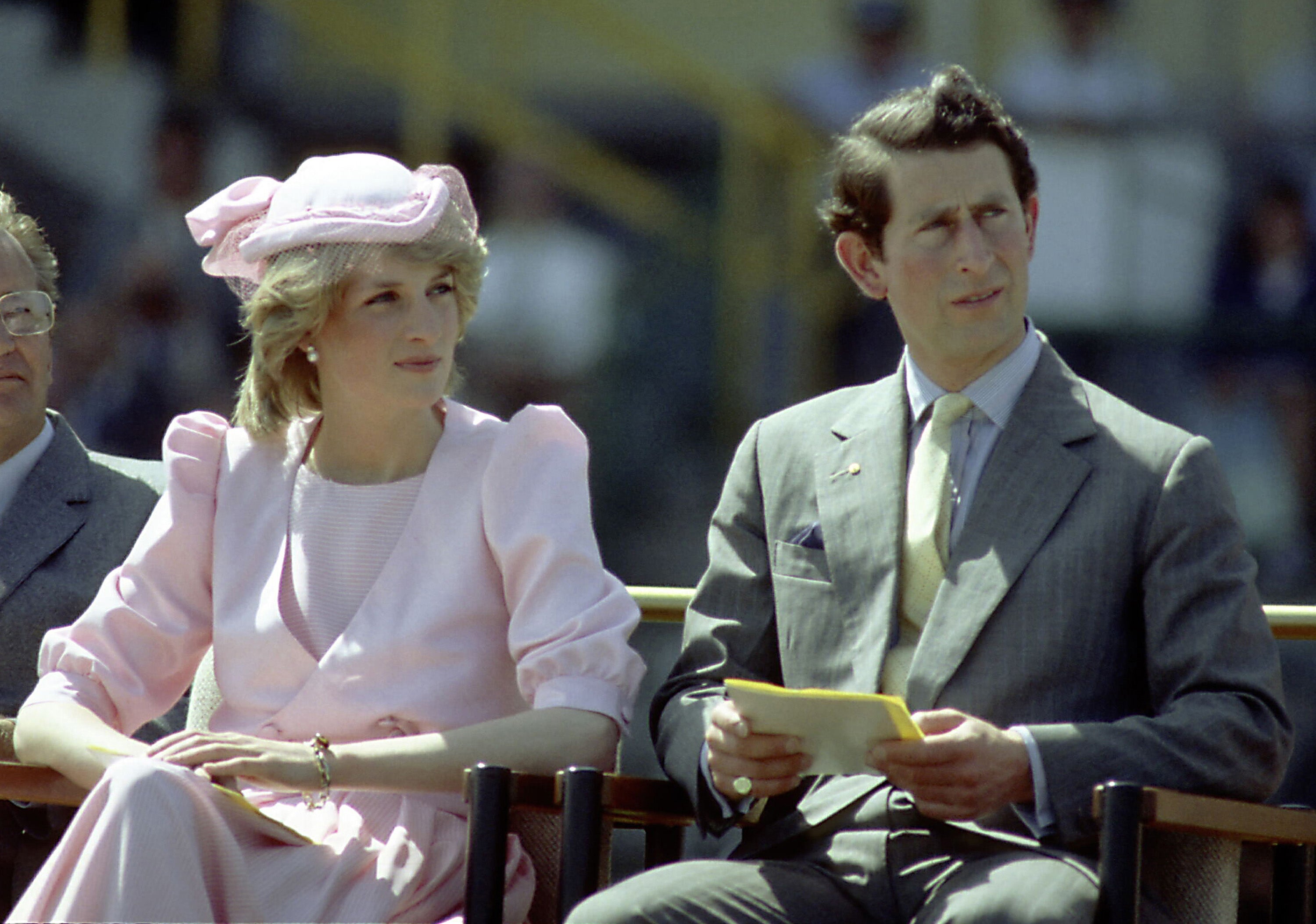
Charles – as was tragically clear soon after the fairytale wedding to Diana in 1981 – wasn’t well suited to his bride, nearly 13 years his junior. The popular image of her nightclubbing and listening to Wham!, while her husband was off to the opera or making some speech about climate change carried too much truth for comfort. In the unlikely parallel world where Diana had survived, Camilla had shunned Charles, and the then Prince and Princess of Wales had been crowned King Charles and Queen Diana, the monarchy would be much the weaker for having an unhappy couple at its head.
Ever since they first met for drinks in 1971, arranged through a mutual friend, it was apparent that Camilla was the ideal match for Charles. In the words of royal chronicler Tina Brown in The Palace Papers: “Her social self-confidence increased her appeal to the opposite sex. Camilla’s allure was her husky baritone voice, candid blue eyes... and smiling accessibility”.
Soon they were spending discreet weekends together at friends’ houses. They’re of the same generation, have the same sorts of interests and similar friends. Where Camilla differs, she seems to complement Charles. She is as comfortable walking down the aisle in Waitrose as she was when bearing Queen Mary’s crown down the central aisle at Westminster Abbey.. They have blended families, and very revealing affectionate nicknames for each other – Fred and Gladys (reportedly inspired by the 1950s BBC radio series The Goon Show, an enduring favourite of Charles).
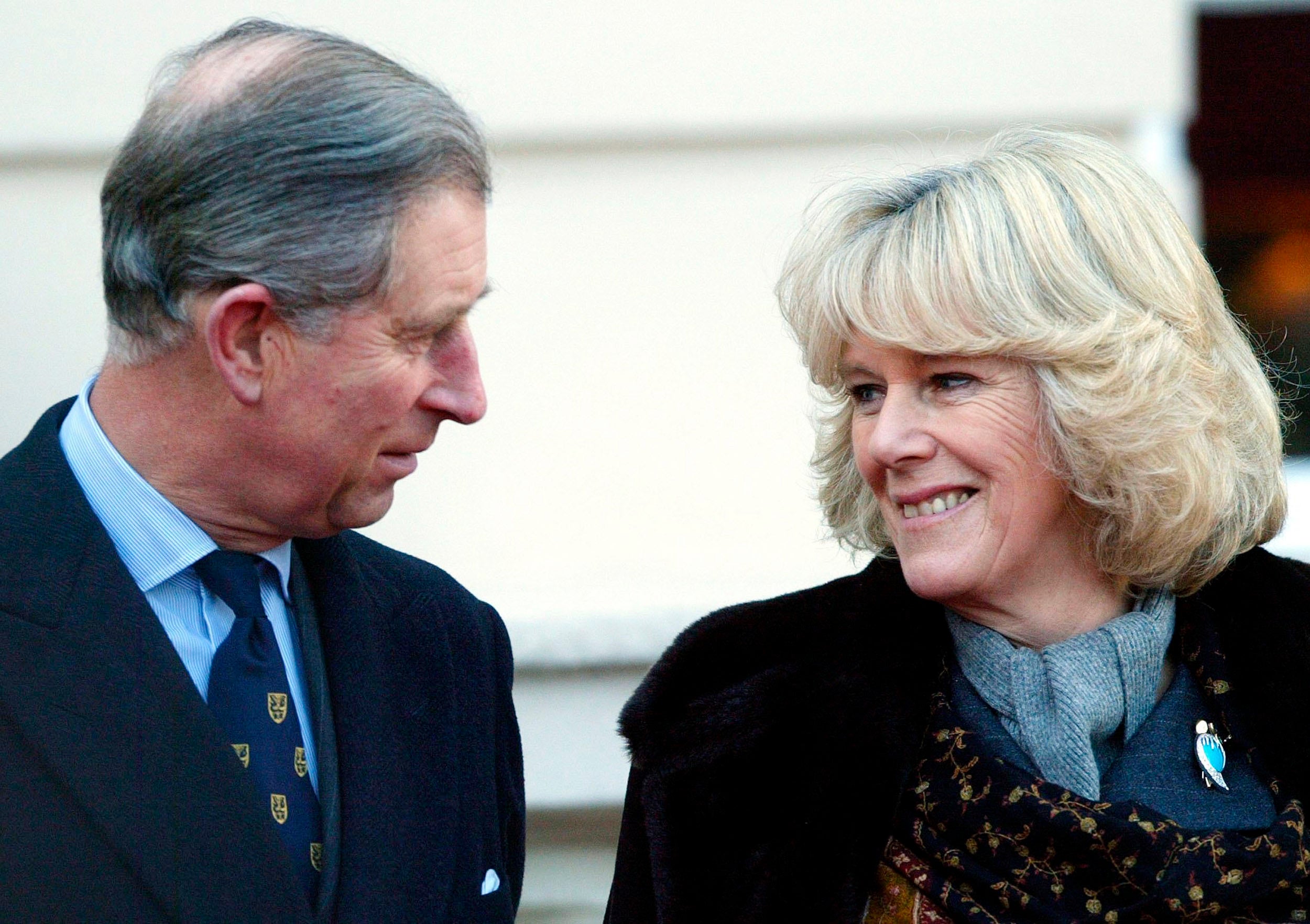
Camilla’s maternal ordinariness could in time even be the key to Charles reordering and modernising the monarchy, as well as defining the style of his reign. As the first Queen Consort since 1952, Camilla will be no less supportive of her sometimes-grumpy husband than her predecessors, but she will bring more of a middle-class vibe to things than previous Queen consorts, mostly chosen from European royalty or the higher reaches of the titled British aristocracy. Like some, but not all, of those who have gone before her, hers is a true love story.
The coronation was the most public affirmation of the arrival of King Fred and Queen Gladys. Despite some welcome tweaks – King Charles broke with tradition by not wearing tights for his big day – the coronation showed him to be a rather traditional figure. It also signalled the status and influence enjoyed by Queen Camilla, with her grandchildren given equal standing to Prince George in the ceremony, and, again as is traditional, her taking a near equal status to the King.
Those two factors – tradition and status – will come together, one suspects, as his reign develops, with the Queen playing a prominent role alongside the King, both in public and in private as confidante and counsellor.
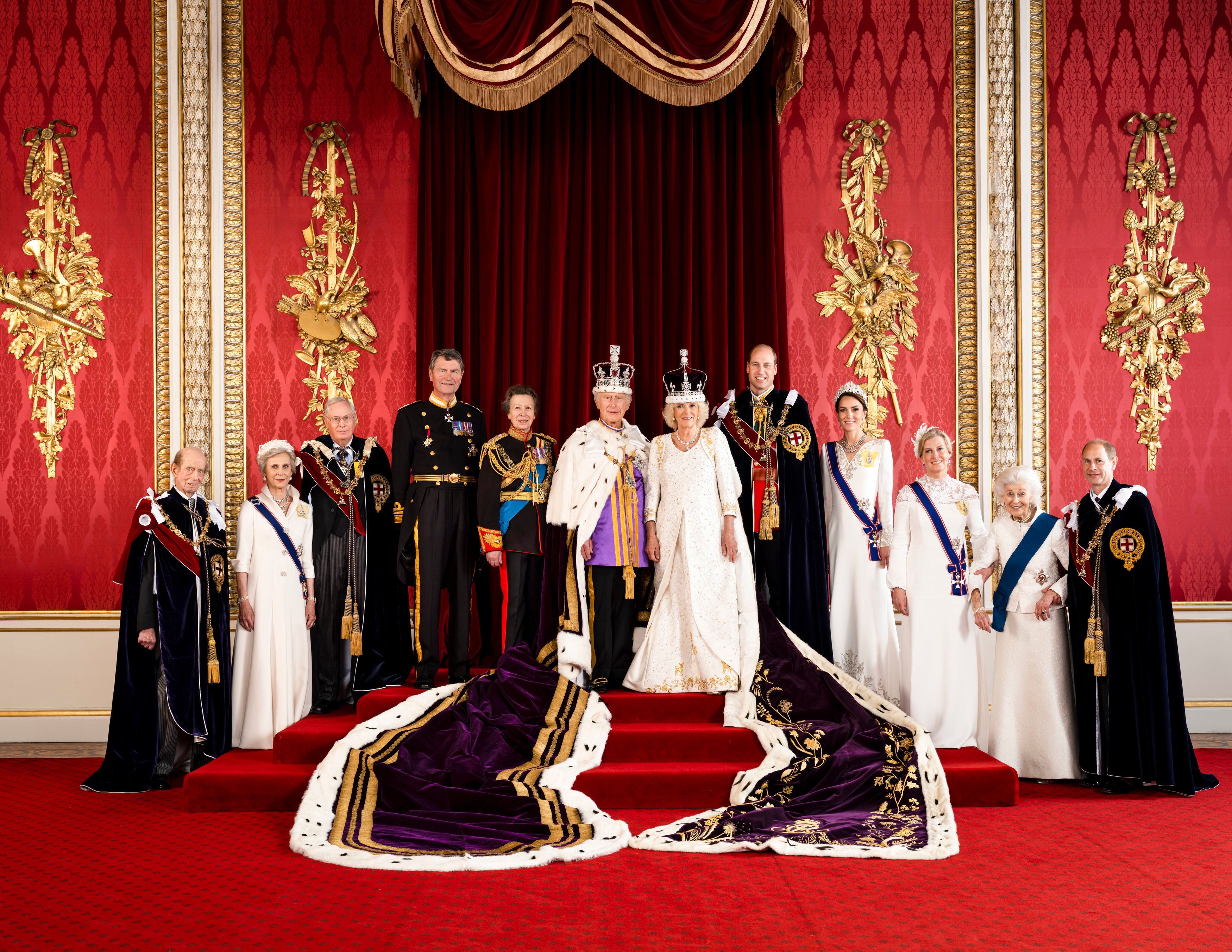
In terms of their work, they will be much as some kings and queen consorts have been in the past, and more of a double act even than the late Queen and Prince Philip. Historically, and following tradition, it will be more like the partnerships between George VI and Queen Elizabeth (later Queen Mother) – of whom Charles was very fond – and George V and Queen Mary.
The former Princess Mary of Teck and Elizabeth Bowes-Lyon were rather different personalities, but much loved by the public, who perhaps didn’t appreciate quite how hard and ruthless they could be in private, and how much they held sway over the men they married and who were so devoted to them. As the Queen Mother, fond of pastel chiffon and always wearing a gentle smile, once remarked, “I’m not as nice as people think”. People tend not to think of Camilla quite so affectionately, but she may well be just as powerful and hard-nosed as her predecessors as consort.
Their majesties, as they’re styled, seem much more a marriage of equals and soulmates than Charles’ ill-fated and tragic marriage to Diana. As mentioned, Charles and Camilla are much closer in age and tastes, but the one outstanding feature is that they are simply in love. They’ve been together, off and mostly on, for more than a half-century.
As Charles declared in his first televised address as king, in executing his duties, “I am profoundly encouraged by the constant support of my beloved wife.” He meant to have her, literally, by his side as Queen, and, despite the odds, the hostility of his family (particularly the Queen Mother) and the revulsion of large sections of the public, now he has want he wanted, albeit rather late in life. Camilla has indeed gone from the most hated woman in Britain to accepted as Queen, and may, like Elizabeth and Mary before her as consorts, become something of a natural treasure, the embarrassments of “Camillagate” left behind.
If so, then the example of George VI’s consort Elizabeth should set a good model for Camilla to follow. During the Blitz, the then Queen Elizabeth joined her husband on their tours of the bombed-out East End and elsewhere. After Buckingham Palace also received the explosive attention of the Luftwaffe, she was pleased that at last she and the king could look the East End “ in the face”. Even if it was hyperbole, it is a high backhanded compliment to her role in rallying morale and resistance in wartime that Hitler called her “the most dangerous woman in Europe”.
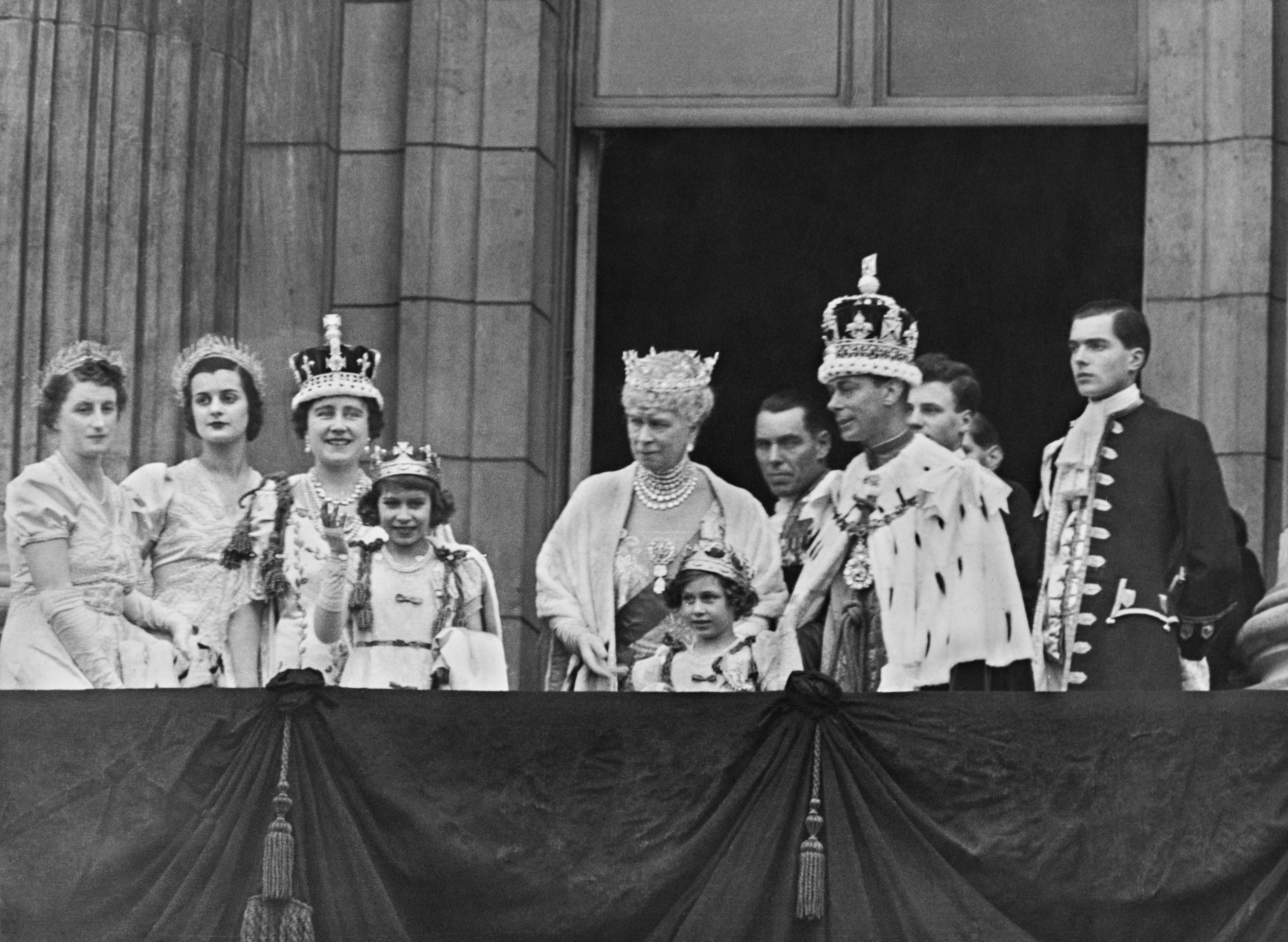
In family terms, Elizabeth, like Mary, also got what she wanted. They formed a powerful alliance against Edward VIII after he abdicated in 1936, became Duke of Windsor, married his mistress Mrs Wallis Simpson, and hovered too close to the Nazis for comfort. Despite the Duke’s pleas, his sister-in-law and mother refused to make Simpson “her royal highness”. They also conspired to keep him in exile in France and gave him few useful duties to perform. For the duration of the Second World War he was kept out of the way as Governor of the Bahamas.
In a mood of some bitterness, after Mary died in 1953, Edward complained of his mother that “the fluids in her veins have always been as icy cold as they now are in death”. For her part, the dowager queen regarded the monarchy as “something sacred and the sovereign a personage apart”, and never understood why her eldest son ran away from his duty. Elizabeth blamed him for the premature death of her husband, George VI in 1952, aged 56.
The contemporary analogy lies in feelings of the family now towards Harry and Meghan, exiled in California. Camilla may be expected to have views; and she is said to be hurt by what she feels is Harry portraying her as a “villain”. Harry, understandably given the history, has found accepting her challenging. In his memoir, Spare, he writes: “I have complex feelings about gaining a step-parent who I thought had recently sacrificed me on her personal PR altar.” He describes meeting Camilla – referred to as the “Other Woman” in the book – was like an “injection”, writing: “Close your eyes and you won’t even feel it.” He continued: “I remember wondering... if she would be cruel to me; if she would be like all the evil stepmothers in the stories.”

At any rate, Camilla may evolve into something more like a co-chief executive of The Firm. The brief period when she was referred to as Queen Consort is firmly over, and she is Queen in her own right, and even more at home in “the winner’s enclosure”, as the late Queen quipped at her marriage to Charles in 2005.
Judging, for example, by her kindly and patient demeanour at his proclamation, when Charles showed a flash of temper at some malfunctioning pens and awkwardly placed ink sets, she did what she could to smooth things down and “act normal”. She is there to listen to him grumbling about the too-early arrival of his son at the coronation, as the lip readers discovered. No doubt she tells him what she thinks too. The Queen is there to keep the sometimes anxious and agitated King calm, focused and give him some sense of perspective. It is the kind of support that Queen Elizabeth gave to George VI – Bertie to the family – when he overcame his stammer, as was touchingly portrayed in The King’s Speech.
King Charles and Queen Camilla are finally where he always wanted them to be. They’re happy together, easy in one another’s company, and working as a team, like George and Mary and George and Elizabeth in the last century. The personal history of adultery and divorce is difficult, but it looks as though Fred and Gladys will serve very well.






Join our commenting forum
Join thought-provoking conversations, follow other Independent readers and see their replies
Comments